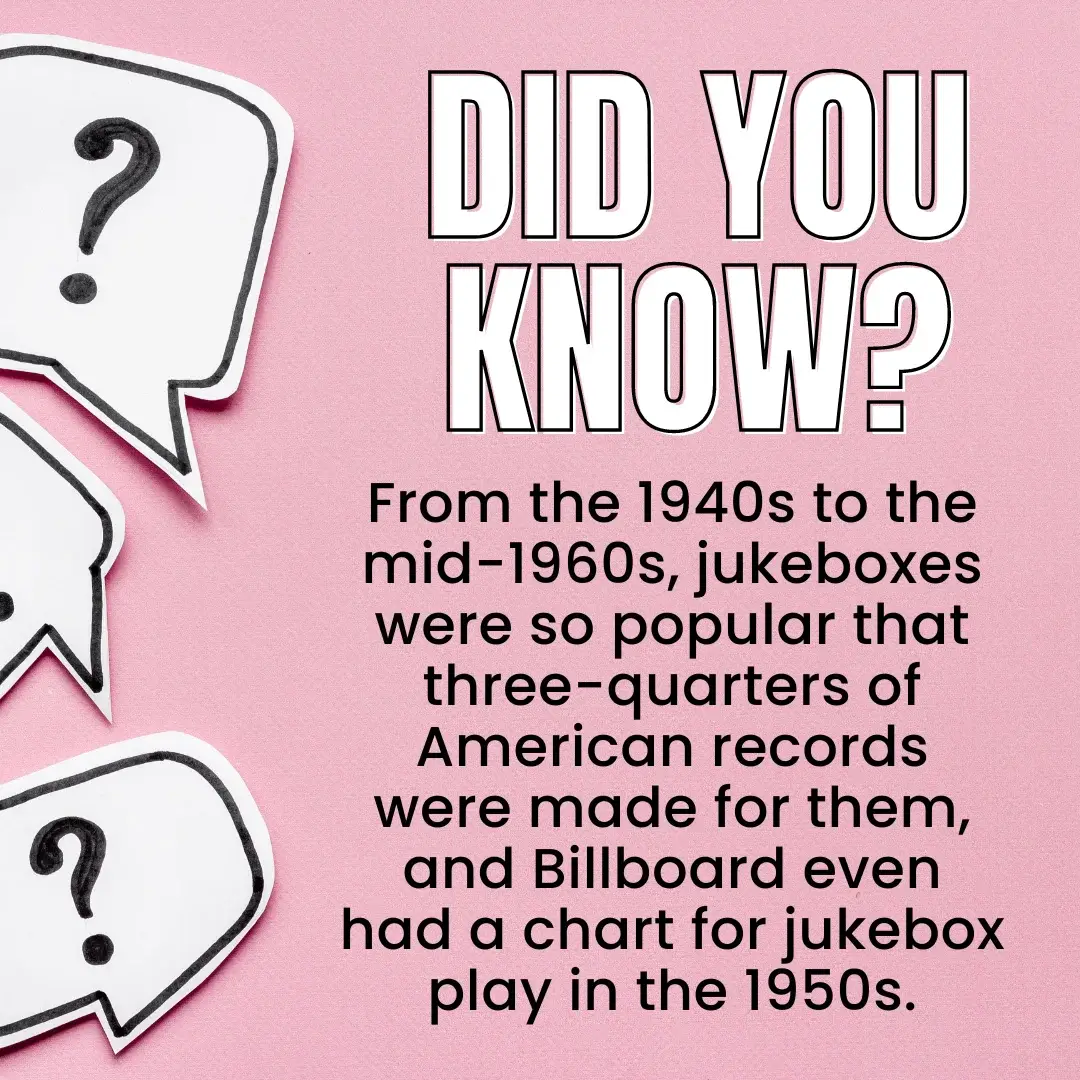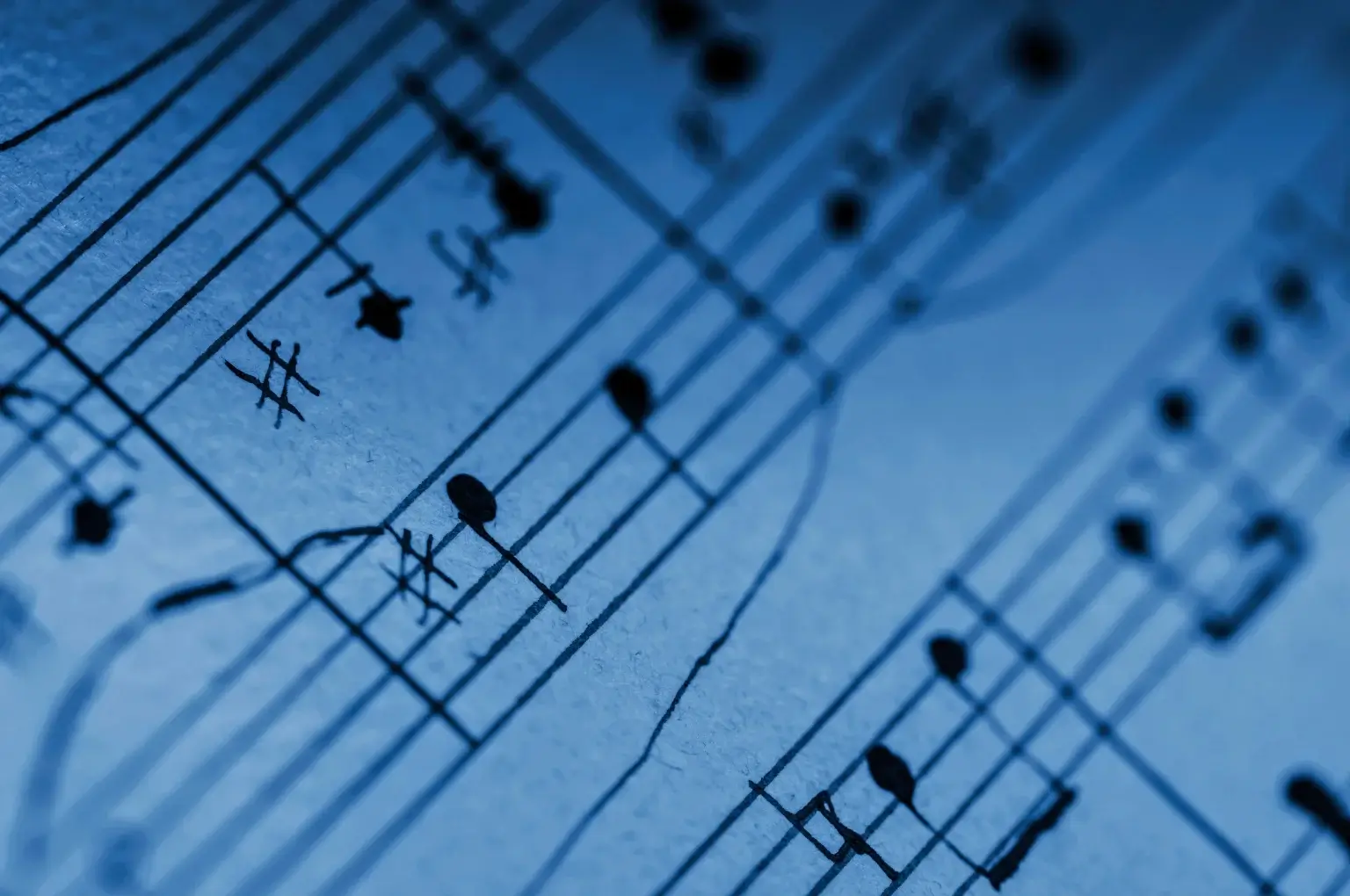I enjoy music and movies from the 1940s through the 1960s. As a fan of the old The Twilight Zone series, I’ve watched many of the episodes. I’m just as much an aficionado of old-time suspense radio shows, and the plays are often fuel for my imagination in my endeavors as a writer and creative. Sometimes, you need to accumulate ideas from somewhere, and to most of us who enjoy the written and spoken word and creating things, movies and music are great sources of inspiration.
Now that doesn’t necessarily mean that if you watch a black-and-white movie, it’s going to be good, but chances are, it will be an entertaining experience.
If we compare the music and movies of today to that time, there are many differences in style and musical accompaniment–to name a few of the aspects and more than music–making, that don’t exist today. These aspects blended in air of sophistication to the music of the time. Many of these are no longer used. And, there was also a lot of bad music. Just like whenever we think of the ’80s, we think of those wonderful hits that we enjoy.
For every wonderful head there were songs that were less good. Or, I’ll take that back. Every musical endeavor is worthwhile and should be deemed honorable.
What one man finds bad, another may find entertaining. A celebration of the variety of music styles and genres is what’s needed when listening to a type of music that we may not be accustomed to. Or may not like at least initially. I myself tried expose myself to as much variety as possible in music, though I do have my preferences.
The songs in this post were thoughtfully chosen for their comedic style and innovation. Each of these gems have something special.
First, some background info on humor in music around this period.
Humor in the Arts: 1940s, 1950s, 1960s
Throughout the 1940s, 1950s, and 1960s, humor in the arts evolved significantly. In the 1940s, screwball comedies in Hollywood, such as His Girl Friday and The Philadelphia Story, provided witty escapism, while radio shows like The Jack Benny Program offered clever dialogue and entertainment. The 1950s saw the rise of television sitcoms like I Love Lucy which showcased physical comedy and innovative storytelling. Stand-up comedians such as Lenny Bruce, with their provocative humor, challenged societal norms. The 1960s continued this trend with British satire from Monty Python’s Flying Circus and American humorists such as the Smothers Brothers on The Ed Sullivan Show provided satire and surreal comedy.
Certain music styles are less adaptable to change due to their deep-rooted traditions and specific characteristics. Classical music, for instance, has evolved slowly, maintaining its structured compositions and orchestral arrangements. Traditional folk music, tied to specific cultures and regions, preserves unique instruments and song structures. Blues, though it has seen some evolution, retains its core elements like simple chord progressions and emotional expression. Jazz standards, while influential and adaptable, often stick to traditional approaches to improvisation and rhythm. R&B emerged from jazz, blending its elements with blues to create a new genre that, while evolving, still holds onto its foundational aspects.
I bet at least one of these tunes will make you laugh or smile!
This post contains affiliate links. Please read our disclosure.
1. “Hello Muddah, Hello Fadduh (A Letter from Camp)” by Allan Sherman (1963)
Imagine sending your kid off to summer camp and getting a letter that makes you question your entire parenting strategy. Allan Sherman’s “Hello Muddah, Hello Fadduh” hilariously captures the tragicomic trials of a homesick camper. Based on the classical piece “Dance of the Hours,” this song was a surprise hit and remains a classic. Sherman’s wit and comedic timing turn what could be a mundane gripe session into a laugh-out-loud commentary on camp life.
Watch the video here.
2. “The Woodpecker Song” by Kate Smith (1940)
This song was popularized by Kate Smith in the 1940s, is a delightful example of how music can blend whimsical elements with catchy tunes. The song features playful woodpecker sound effects, which mimic the bird’s distinctive tapping noise and add a humorous touch to the melody. The combination of the lively music and quirky bird sounds helped make “The Woodpecker Song” a memorable hit of its time.
Watch the video here.
3. “Monster Mash” by Bobby “Boris” Pickett (1962)
Forget about spooky, “Monster Mash” is all about groovy. Bobby “Boris” Pickett’s hit became the ultimate Halloween anthem with its irresistible beat and hilarious monster voices. Pickett’s dead-on Boris Karloff impression and the song’s campy lyrics invite everyone from Dracula to the Wolfman to a dance party you won’t forget. Who knew the undead could have such killer dance moves?
Watch the video here.
4. “Does Your Chewing Gum Lose Its Flavor (On the Bedpost Overnight?)” by Lonnie Donegan (1959)
Lonnie Donegan brings us the age-old question: what really happens to your chewing gum if you leave it on the bedpost overnight? This song’s quirky lyrics and catchy skiffle beat make it an unforgettable tune. It’s a reminder that sometimes, the mysteries of life are as simple as whether your gum stays minty fresh or turns into a sticky mess. Donegan’s humor and playful delivery make this song a classic.
Watch the video here.
5. “The Thing” by Phil Harris (1950)
Phil Harris’ “The Thing” is a hilarious tale about a man who finds a mysterious box on the beach and discovers that what’s inside is something so shocking he can’t even say what it is! The song’s comedic narrative and catchy melody made it a big hit. Harris’s storytelling keeps you hooked as you try to imagine just what “The Thing” could be–something so bad that not even your uncle from Dubuque would want it!
Watch the video here.
6. “Aba Daba Honeymoon” by Debbie Reynolds and Carleton Carpenter (1950)
If you’ve ever dreamed of having a honeymoon that includes singing monkeys and elephants, then “Aba Daba Honeymoon” is your theme song. Debbie Reynolds and Carleton Carpenter deliver this delightfully whimsical tune that’s as catchy as it is quirky. It’s a light-hearted celebration of love that’s sweet enough to give you a toothache.
Watch the video here.

7. “Purple People Eater” by Sheb Wooley (1958)
What do you get when you mix a one-eyed, one-horned flying creature with a penchant for eating people? Sheb Wooley’s “Purple People Eater” of course! This novelty song from 1958 is a hilarious and bizarre tale that took the charts by storm. It’s a fun romp through the weird and wonderful, proving that sometimes, the strangest ideas make the best hits.
Watch the video here.
8. “Mairzy Doats” by Merry Macs (1943)
Take a whimsical phrase that sounds like gibberish, set it to a catchy tune, and you have “Mairzy Doats.” The Merry Macs turned this playful ditty into a 40s hit. The song’s nonsensical lyrics are actually a puzzle: “Mairzy doats and dozy doats and liddle lamzy divey” means “Mares eat oats and does eat oats and little lambs eat ivy” when said quickly. It’s a delightful brain teaser set to music.
Watch the video here.
9. “The Worry Song” by Gene Kelly & Jerry Mouse (1945)
What do you get when you mix a legendary dancer with an animated mouse? Pure magic, that’s what. “The Worry Song” features Gene Kelly dancing alongside Jerry Mouse from *Tom and Jerry*, in a delightful number from the film “Anchors Aweigh.” The song and dance routine is charming, funny, and a marvel of animation and live-action blending. It’s a must-watch for anyone who loves a bit of whimsy with their tap dance.
Watch the video here.
10. “Civilization (Bongo, Bongo, Bongo)” by Danny Kaye and the Andrews Sisters (1947)
In “Civilization (Bongo, Bongo, Bongo),” Danny Kaye and The Andrews Sisters give us a humorous look at the clash between modern life and the so-called simple life of a tribesman. With its catchy chorus and clever lyrics, the song humorously critiques the absurdities of modern civilization through the eyes of someone who wants nothing to do with it. It’s a satirical toe-tapper that remains relevant and funny today.
Watch the video here.
11. “I Went To Your Wedding” by Spike Jones & His City Slickers (1952)
Spike Jones & His City Slickers were known for their comedic takes on popular songs, and “I Went To Your Wedding” is no exception. This parody of Patti Page’s sentimental hit is filled with zany sound effects and humorous lyrics that turn a sad occasion into a laugh riot. If you’ve ever needed a good laugh at a wedding, this is the song for you.
Watch the video here.
12. “Beep Beep” by The Playmates
This novelty song by The Playmates is a playful and humorous track that uses car horn sounds to mimic a fictional road race. The song humorously depicts a driver’s struggle against a more powerful car, with the car horn sound effects adding to the comedic effect. “Beep Beep” enjoyed a remarkable run on the Billboard Top 40 chart for twelve weeks, sold over a million copies, and earned a gold disc. Due to a BBC policy against brand names in lyrics, a version of the song was created for the European market, substituting Cadillac and Nash Rambler with the more generic terms limousine and bubble car.
Watch the video here.
Daniel Zohar is a passionate entrepreneur and digital marketing expert with a strong focus on business and affiliate marketing. With over 10 years of experience in the industry, he has gained valuable insights and strategies that he is eager to share with others. Through his writing and speaking, Daniel aims to help others achieve success in business and affiliate marketing, using his own experiences as a guide. In addition to his work as a writer and speaker, he is a successful business owner and consultant, helping companies and individuals reach their goals in the digital world.
You Might Also Like:
- How to Find the Right Influencer for Your Brand
June 23, 2024 - 9 Best Niches for Affiliate Marketing in 2025
January 7, 2025 - 16 Affordable Hosting Options for Your Blog in 2025
February 21, 2025 - Comedy Sells: How to Make Your Business Memorable with Humor
January 6, 2023 - 100 of the Most Beautiful Words in the English Language
April 8, 2024
